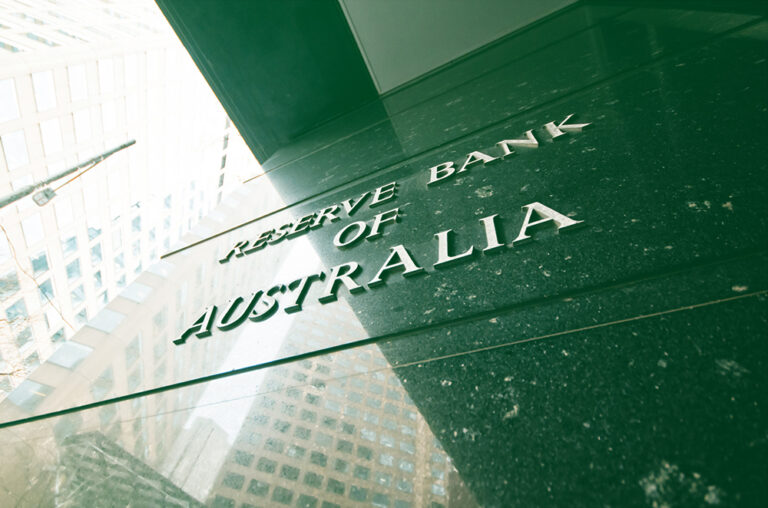
The Reserve Bank of Australia has released its annual report for 2020-21 which showed a $4.3 billion loss for the year due to price falls on government bonds it purchased in an effort to stimulate the economy and through appreciation of the Australian dollar.
$8.2 billion of unrealised valuation losses were recorded, due to a $3.5 billion loss caused by a rise in the Australian dollar and $2 billion loss from a rise in bond yields in Australia and abroad, yet the RBA was still able to provide the government in September with a $2.7 billion dividend.
In its report, it said The Reserve Bank’s balance sheet has almost tripled in size since the onset of COVID-19 as a result of the policy measures adopted by the Bank to support the Australian economy.
Growth in assets reflected an increase in the Bank’s government bond holdings, purchased in support of the three-year yield target and under the bond purchase program, and an increase in the Term Funding Facility.
The Australian Financial Review said that the RBA has overhauled its capital rules to avoid a request to the government for almost $30 billion to cover risks associated with its bond-buying stimulus.
The RBA restructured its capital adequacy framework to account for credit risk, foreign exchange risk and interest rate risk on its $590 billion balance sheet.
The AFR said that the move allowed the bank to avoid requesting a massive capital injection from the federal government and will enable the central bank to continue paying annual dividends to the government in the future.
Also read: RBA Defends Yield Target With $1 Billion Bond Buy
The RBA said in its report: “While the Reserve Bank earns a profit in most years, it also holds capital and reserves to cover potential financial losses when they occur.
“The Reserve Bank board has for many years had a policy of aiming to hold sufficient funds in the RBRF (Reserve Bank Reserve Fund) to absorb losses that might reasonably be anticipated from time to time.”
The RBA embarked on a buying spree of over $230 billion in government bonds as part of its monetary support strategy to assist economic recovery.
The RBA reported: “During 2020/21, the Bank lowered its policy interest rate to near zero, lowered the target for the three-year government bond yield (which was introduced in March 2020), enhanced its forward guidance, commenced a program of purchasing government bonds and provided long-term low-cost funding to the banking system.”
Image: ©eyeofpaul/123RF.COM






























